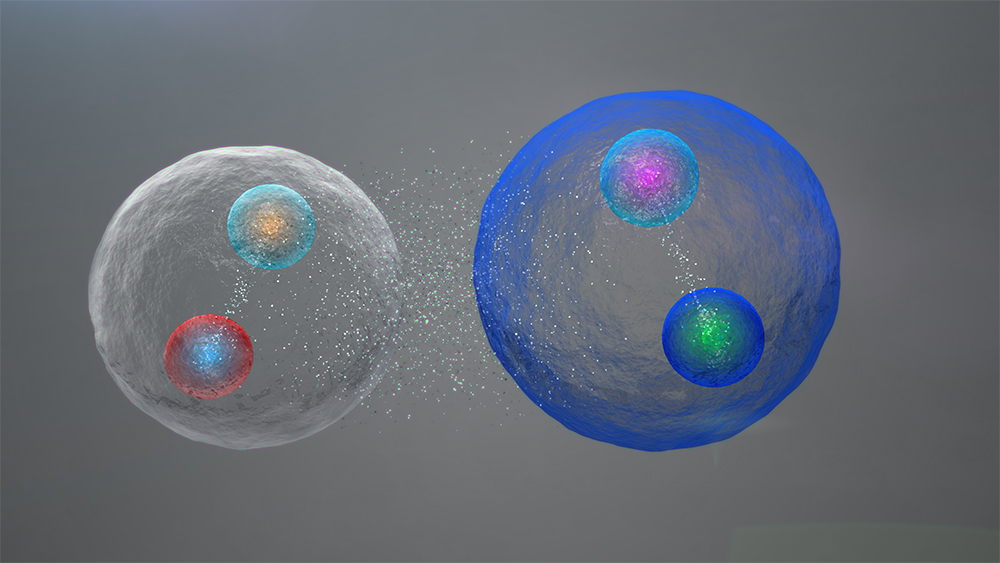28 September 2015 was a special day for India. The country’s space program had added another feat to its list. They launched their first space observatory and called it ASTROSTAT. Astrostat was launched from Sriharikota, in the Southern part of India.
What is a space observatory?
In 1990, the Hubble telescope was sent into space. This was an effort by NASA of the United States. This telescope was the first of its kind. It was a device in space used to watch planets and galaxies. It sent important data about space back to the scientists on Earth. Such a device in outer space is called as a space observatory. ASTROSTAT is India’s answer to the Hubble telescope.
Why do we need one?
A lot of data in the Universe is spread using light waves. However, not all light waves reach us on Earth. Our atmosphere blocks some waves that are high in energy and can harm us. But rays such as UV, X-rays and Gamma rays carry vital information. In order to get a complete picture of our Universe, all of its light needs to be read. And this can only be done from space. You can read more about it here.
Another reason is that the air around us makes the images of stars and galaxies appear dull. Even on mountain tops, where the air is pollution-free, the images get blurred. From space, we can click sharper and clearer pictures. Over the years, the Hubble has sent us thousands of images of space. Thanks to these images, scientists have calculated the age of our Universe.

What’s special about the ASTROSTAT?
Most other space telescopes work with only one type of light wave. The scientists have to then join the data from various sources for their study. On the other hand, ASTROSTAT makes it possible to read a broad range of light waves at the same time. The scientists can now research black holes and other space secrets with ease.
Until now the Indian scientists depended on other countries for their data. Now, they have their own eyes in space. ASTROSTAT may not be the first of its kind, but it surely is the best all-rounder.
For India, this launch came just a year after their mission to Mars. Between 1994-2015, 30 successful flights have been made by India’s ISRO.
Astrosat mission is explained in detail in the video below.
Some facts about ASTROSTAT:
•It will go around the Earth at a height of 650 km.
•Its mission life is five years.
•It is designed to read space data using visible light, UV light, and low and high energy X-ray waves.
•The launch cost was 178 crore Indian rupees, and it took ten years to build.
•Although the project had been thought of 20 years ago, it got approval only in 2005.
•This telescope is a smaller copy of the Hubble telescope and weighs over 1500 kgs.





Leave a Reply